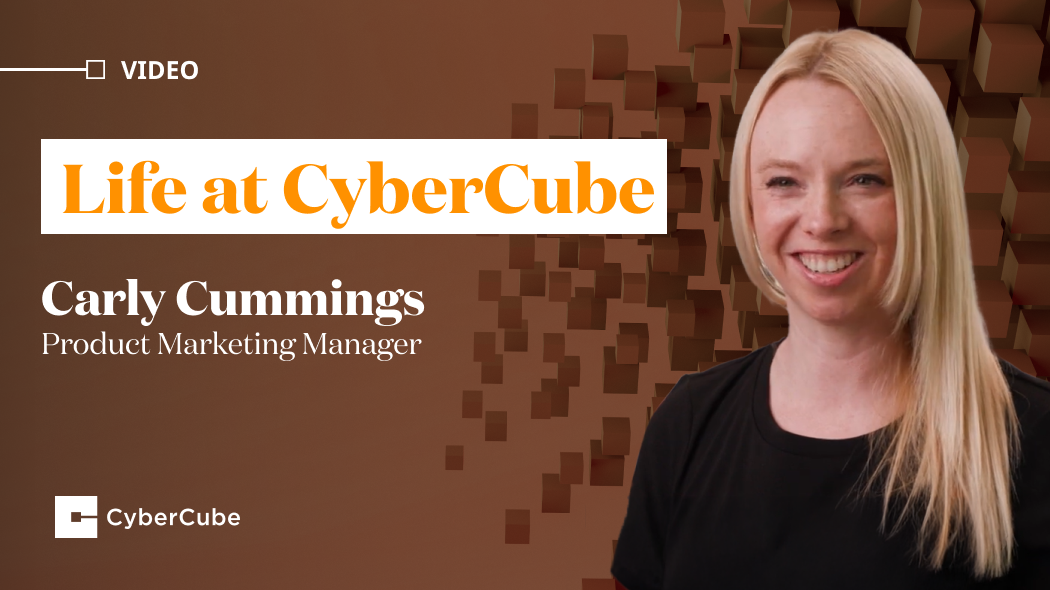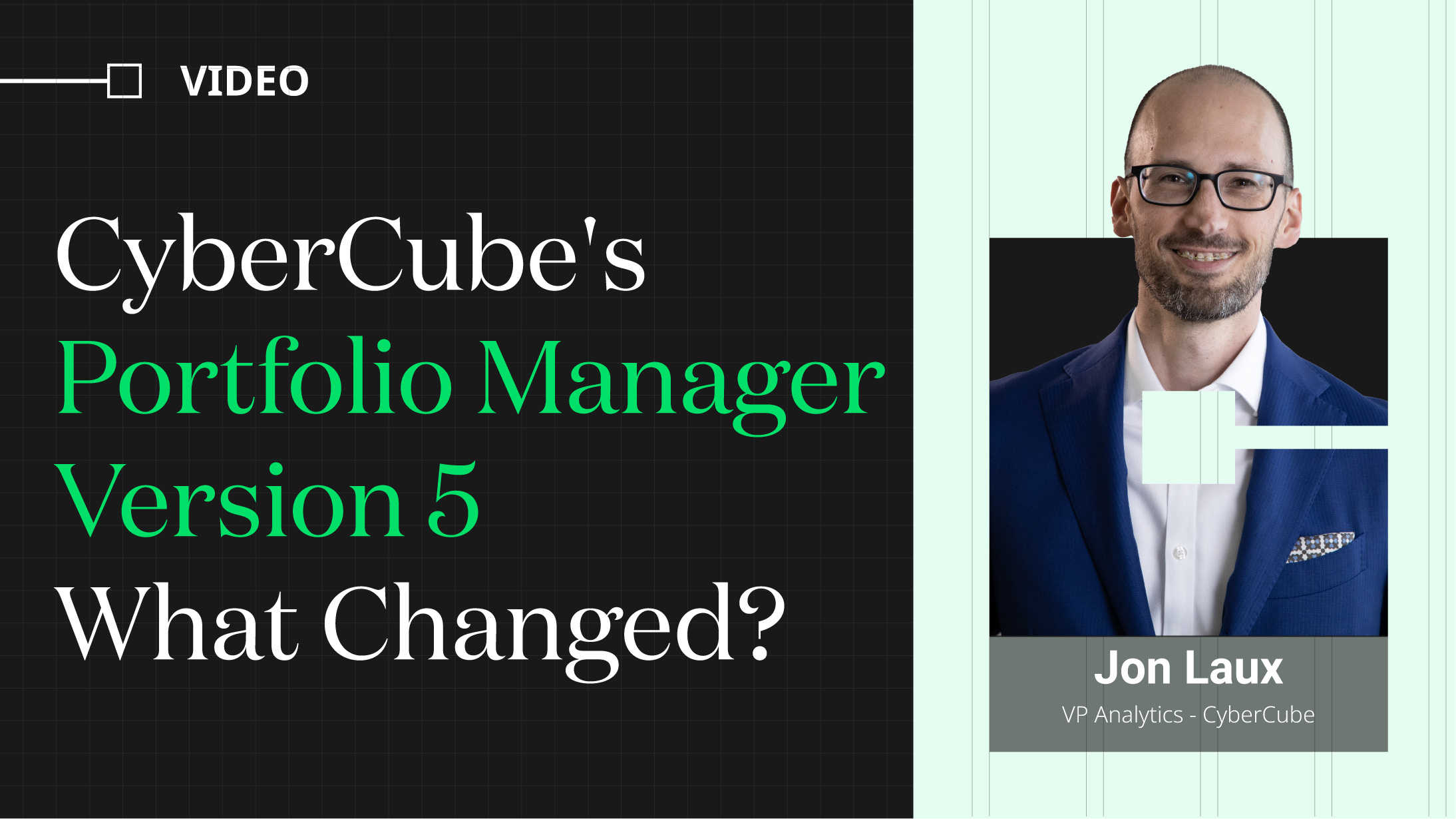Video transcript
00:10
Yvette Essen: CyberCube prides itself on creating innovative and up-to-date models. I'm Yvette Essen, Head of Communications and Market Engagement for CyberCube. And joining me to talk about how we create these models is Richard Ford. He is Vice President of Engineering for CyberCube. Richard, can you tell me a little bit about what do we have to do? How easy is it to update a model?
Richard Ford: Yeah, so there's a lot of work.
00:37
that's involved in updating a model because it's like changing the wheels of a car while we're driving down the road because we have our customers to support and then we have to get our customers ready for the new model. So the model will come off the production line from our analytics team and that's when my work begins. What we have to do is build it up, mix in its scales, verify it in a production environment against real data and then we have to go through a whole change management process for the customers to get them ready so they're not taken by surprise.
01:07
Yvette Essen: And how do we make sure they're reliable?
Richard Ford: That's a lot of work and that's the thing that keeps me up at night. So you can only test things so much, it's pretty much impossible now to test every single aspect of a software artifact because they're so big. And so what we do is we're very good at generating test cases and also continually monitoring what we call the golden matrix of the system. So if something's starting to go wrong, we see it before our customers do and we can take care of it. But of course, our goal is those things don't happen in production.
01:36
Yvette Essen: Now people are always concerned about data and data security. How do we ensure that data is safe?
Richard Ford: That starts before we even write a line of code. So when you're imagining a product, that's when you start your security journey. So you think about a data life cycle of from birth to sort of, you know, its final decommissioning and its resting place in the cyber universe. And so the most important thing you can do is get your architecture right. And that's strategic.
02:05
And then tactically, of course, we have to do what all our customers do and what all their customers do, which is stay up to date on threats, stay up to date on patches, good separation of your production environment from your workers. You know, it's all the things. And the challenge is we have to get them right every single time. And that's why a great architecture is where this all starts. So that if a mistake happens, the consequences are de minimis.
Yvette Essen: Richard, how long does it take to update a model? Is it a bit like a piece of string?
02:36
Richard Ford: Generally, it takes as long as the time I have till our customers really need it. I mean, I say that kind of tongue in cheek, but there's a little bit of truth to it, right? We have to balance getting it, you know, like crossing every T and dotting every I and don't get me started on the lowercase J's. But we have to, you know, balance that with actually shipping it. So it's always just like an insurance. There's a risk reward curve that we have to trade off. And I think we've done a pretty good job of doing that. So.
03:05
You know, when something's urgent, if there's a vulnerability in our software, we can get things out very, very, very quickly. When it's a brand new product, it makes more sense to take our time so that we can make certain that the experience from the customer is just top-notch.
Yvette Essen: Thank you very much for your time, Richard. For CyberCube, I'm Yvette Essen.



